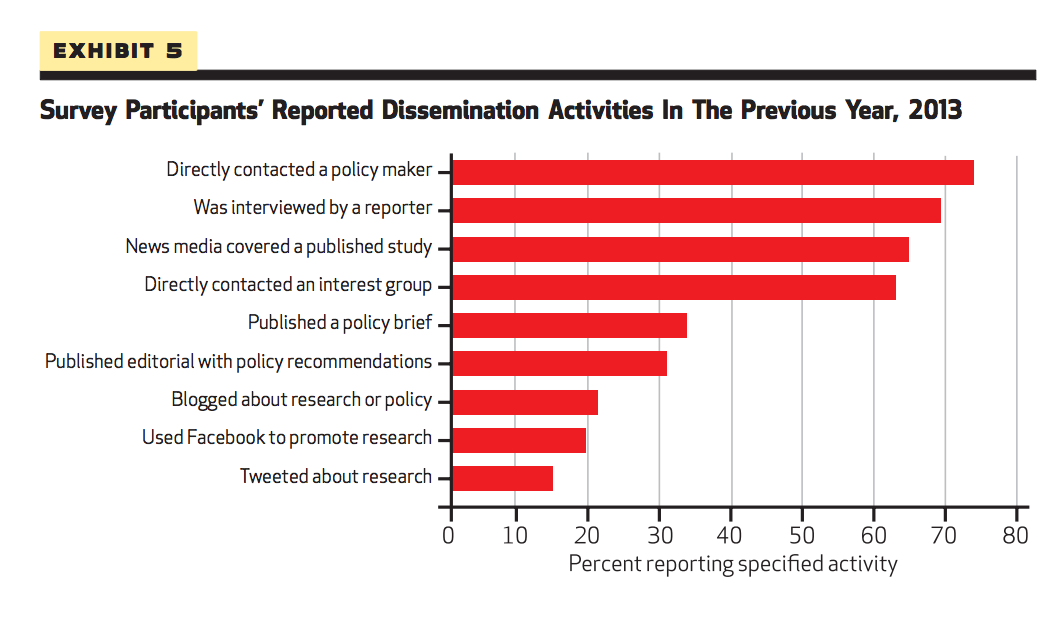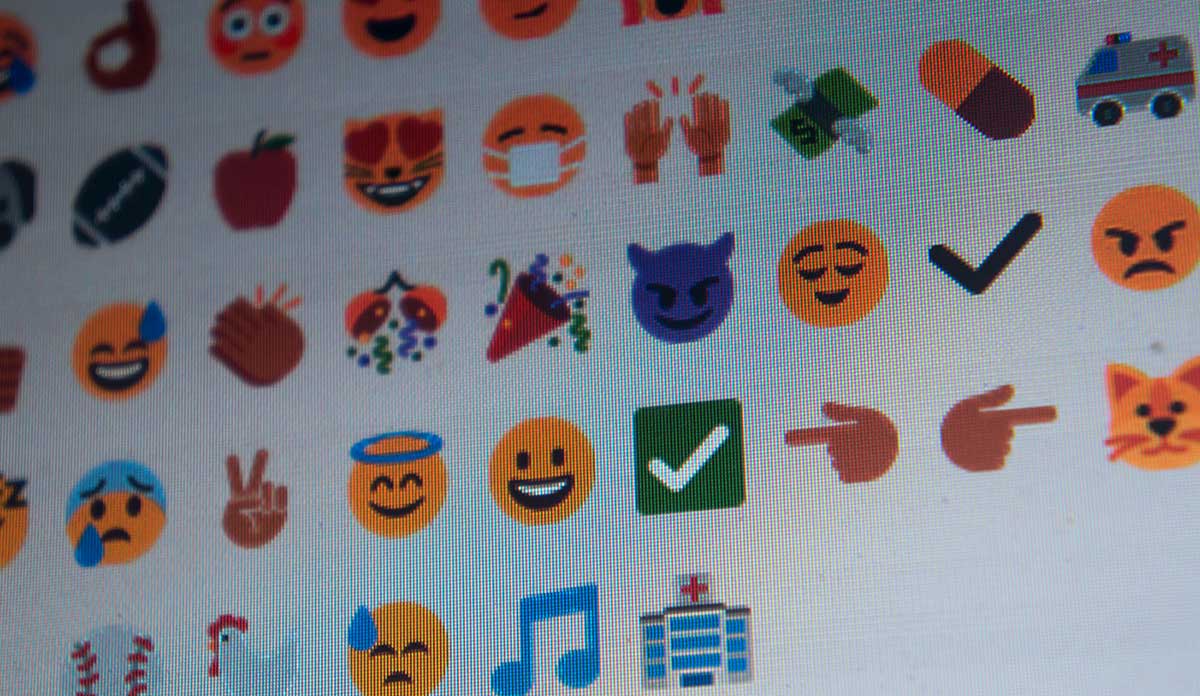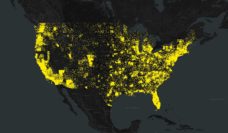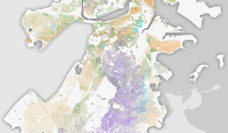Approximately 2.5 million peer-reviewed articles are published each year in 28,100 journals. This is a mind-boggling number of abstracts, methods, conclusions, and limitations to sort through to find relevant information. Some of this research is shared within a particular field, but most never makes it outside of the academic bubble.
Fewer than 1% of articles appear in traditional news media within 3 months of publication. Of course, not all of this work is directly relevant for policymakers and journalists, but there is a gap between academics and policymakers that limits the degree to which research findings inform policies.
The obstacles to successful communication between researchers and policymakers are significant. There may be a mismatch in values, networks, and vocabularies. Researchers often answer narrow questions and do not always write with public policy in mind. Policymakers, however, need information in a timely manner from a trusted source.
Academic researchers and social media
Are academics turning to social media to share their research? Well, a recent study by David Grande and colleagues in Health Affairs explores the topic by surveying health policy researchers at the 2013 AcademyHealth Annual Research Meeting. Two-thirds (65%) of respondents either used traditional media or contacted policymakers directly or through policy briefs issued through their academic institution. Far fewer used newer technologies: 21% blogged and 14% tweeted.

Some researchers surveyed believe that the culture of social media does not match academic culture. Research articles are nuanced, providing findings, but noting limitations and reservations. Researchers may distrust the ability to convey the totality of the research without misrepresentation in the social media world dominated by brief snippets. Grande et al. also found that researchers worried that their institutions and peers would be critical of social media users. Others were concerned that missteps on social media could impede professional advancement. Those who were open to using social media for dissemination wanted more training on how to maximize effectiveness.
The findings from Grande’s study offer two suggestions for academics: One is to conduct more research on the efficacy and pitfalls of social media as a method of research dissemination. The other is to create training and technological support for researchers to feel more comfortable leveraging social media.
Health policy Twitter knows how to have fun too. One fun trend is the growth of #HealthPolicyValentines. Each February people inside and outside of academia come together to creatively share their love of health policy in 140 characters.
Here are a couple of our favorites:
Roses are Red
Xenophobia is dumb
There’s a global #refugeecrisis
But in Canada #RefugeesWelcome #healthpolicyvalentines— Gabriel Fabreau (@gabefabreau) February 15, 2017
Roses are red
Violets are blue
I’ll take alternative payments
As long as I’m bundled with you #healthpolicyvalentines— Ashish K. Jha (@ashishkjha) February 13, 2017
Feature image: Theus Falcão, Twitter Emojis, used under CC BY-NC 2.0
Graph from Health Affairs study by David Grande and colleagues













